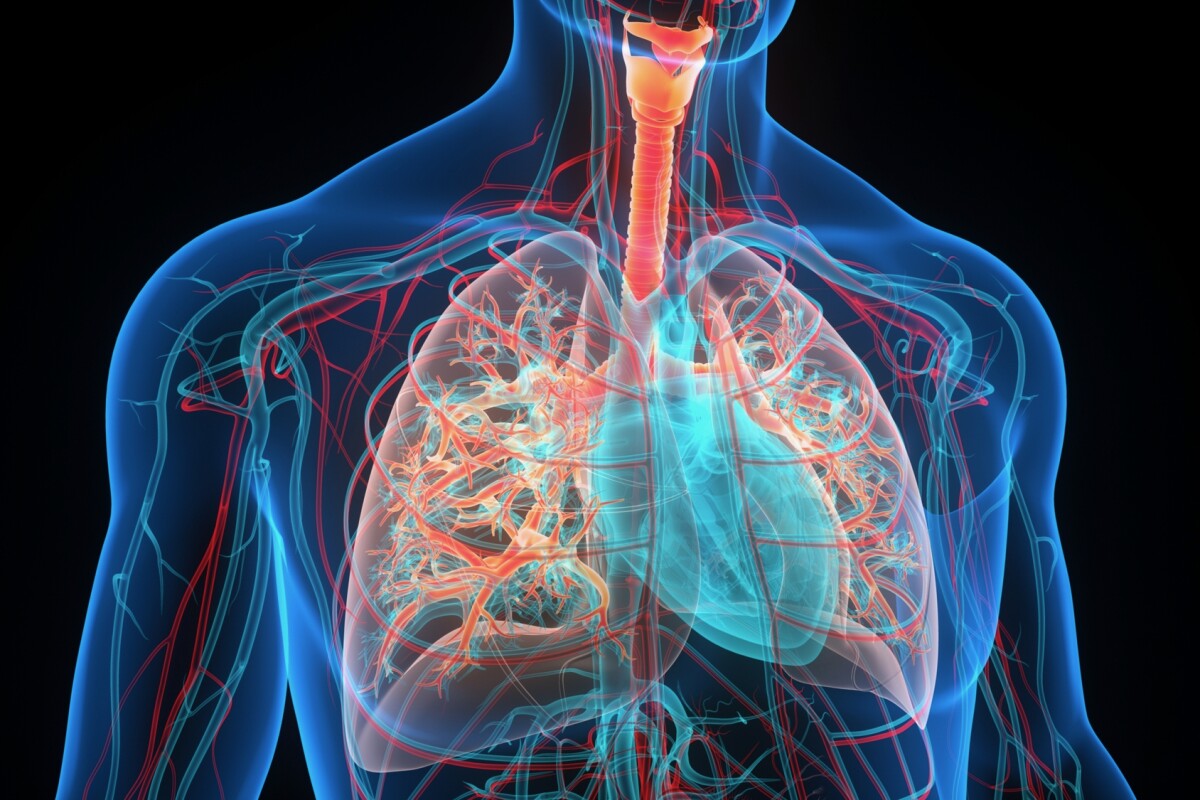
This has to apply to all other tissues as well and just why is that this is not understood back in the day when the work was done. It strikes me that fine temperature control has been available for a long time. Even with brine.
Likely a matter of some convenience.
As said, the real surpise here is that this is new at all
Lung storage technique offers 'paradigm shift' for transplants
April 21, 2023
https://newatlas.com/medical/lung-transplant-storage/
The new storage technique should mean that many more people who need lung transplants will be able to get them
The gold standard for storing lungs for transplant procedures has been to pack them in ice in coolers, which keeps them at roughly 4 °C (39 °F). But a look back at lung transplant research has revealed that there's an even better temperature at which to store donor lungs, which will dramatically improve the time during which they remain viable.
The first lung transplant was conducted in 1963. Since that time, when lungs are removed from patients, they are packed in a cooler with ice and rushed to the location of the recipient. Generally, this method can keep the lungs viable for roughly six to eight hours. Wondering if they could improve on this time, researchers led by a team of scientists from the University Health Network in Toronto looked back at experimental data from decades ago.
"Our approach to solving this problem was finding an optimal lung storage temperature (by) looking at data from experiments performed over 30 years ago, where lung transplant pioneers looked at very low temperatures, all the way to body temperature, to see what would be the ideal lung preservation temperature," said study first author Dr. Aadil Ali, Adjunct Scientist at the Toronto General Hospital Research Institute.
The data revealed that storing the lungs at 10 °C (50 °F), rather than at the approximately 4 °C (39 °F) temperature generated by ice in a cooler, was far and away the best approach. In fact, a further study of 70 patients conducted out of hospitals in Toronto, Vienna and Madrid revealed that the warmer temperature could increase storage time up to 36 hours.
"The clinical impact of this study is huge," said lead author Dr. Marcelo Cypel. "It’s a paradigm shift for the practice of lung transplant. I have no doubt that this will become the gold standard practice of lung preservation for the foreseeable future."
Working with University of Toronto professor Ana Adreazza, the researchers found out that the warmer temperature worked so well because it helped preserve the cellular membrane function and mitochondrial health in the lung cells. Mitochondria help produce energy at the cellular level and are key components of organ health.
The finding could have wide-ranging implications for lung transplant procedures. Due to the longer storage time, the lungs can now be transported over greater distances, meaning that more people could have access to the organs. The increased storage ability could also mean better scheduling for procedures, and it could eliminate the need to bump other surgeries out of the operating room to accommodate lung transplants.
You can find out more about the breakthrough, along with another significant development in the world of lung transplants, from the researchers themselves in the video below.
<iframe width="800" height="450" src="https://www.youtube.com/embed/MIOqrlPGzJA" title="The Future Now: Two Studies Offer a Sneak Peek into the Future of Organ Transplantation" frameborder="0" allow="accelerometer; autoplay; clipboard-write; encrypted-media; gyroscope; picture-in-picture; web-share" allowfullscreen></iframe>
The F
No comments:
Post a Comment